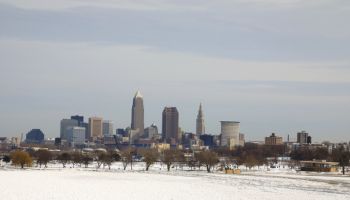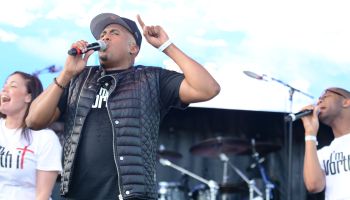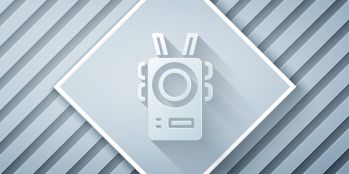When Stephanie D. Wilson says she needs her space, she really means it. The 43-year-old Massachusetts native is a real-life astronaut and only the second African-American woman to be in space.
Currently a part of the crew of the space shuttle Discovery, Wilson and the six other astronauts docked safely at the International Space Station on Wednesday, despite having to do so without radar when an antenna broke down. Wilson is among just a few black astronauts overall who’ve space traveled – astronaut Robert Satcher and Leland T. Melvin were on the Atlantis space shuttle mission to the International Space Station last year.
Wilson joined NASA astronaut training in 1996 after graduating from Harvard University with an engineering science degree and from the University of Texas with a master’s in aerospace engineering. She says she knew she wanted to be an astronaut from the time she was 13 years old.
“I was a given a school assignment in a Career Awareness class to interview someone that worked in the career field in which I was interested,” she says in her official NASA interview. “I interviewed a local area astronomy professor. I thought that astronomy was a fantastic career, being able to teach, being able to see events in the heavens and to do the observations. Later, I became more interested in engineering and decided that I would study engineering in college and perhaps that aerospace engineering would be a good combination of my interests in astronomy and my interest in engineering.”
Wilson has been on two previous space missions, including one that required a complicated on-board repair to complete the mission. On this latest mission, the objectives were to launch and install a logistic module, as well as transferring several experiments and supplies to the Space Station, including an ammonia tank necessary to resupply the thermal control system.
So far, the mission has been a success. Despite the antenna problem, the Discovery was able to approach the orbiting outpost. Shuttle commander Alan Poindexter used other navigation devices to ensure that the spacecraft came together 215 miles above the Caribbean at exactly its scheduled time. Wilson was in charge of the hard drive that contained nose and wing images to be downloaded by the space station crew, a lengthy task that takes most of a day.
Mission Control in Houston will analyze the images to make sure the Discovery wasn’t damaged and that re-entry can safely take place on April 18th. The antenna’s loss meant that images couldn’t be sent out beforehand, which meant that documenting the historical mission was delayed a few days.
This is the first mission that includes four women, three of whom arrived on the Discovery. It is also the first time that two Japanese women have been in space at the same time.
On Thursday and Friday, the supplies Discovery carries will be delivered to the space station. This mission marks one of the last to the space station, as only three more missions are needed to completely outfit the station.

















